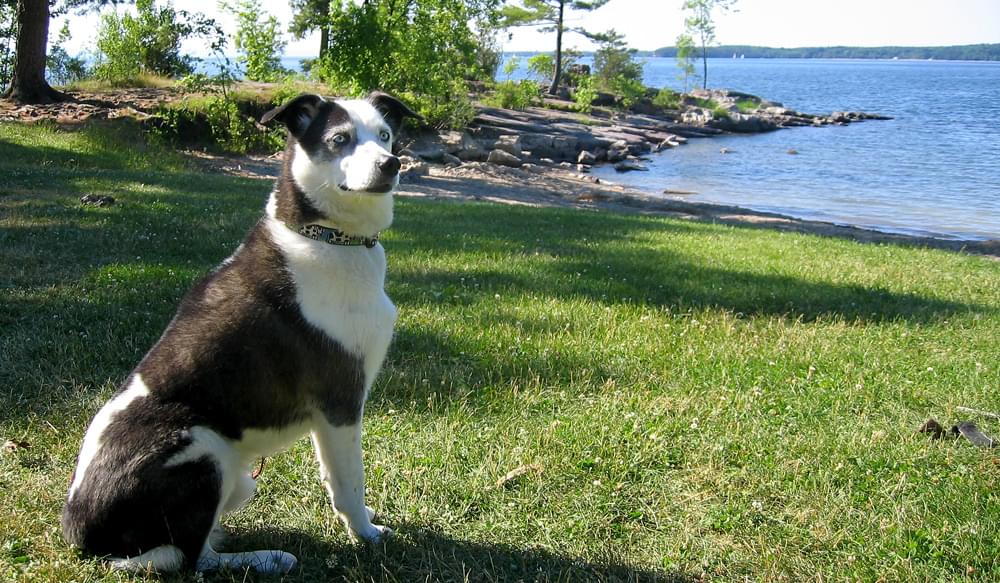Pathogens

These disease-causing bacteria, viruses, and parasites are present in human and animal waste. During rain events, runoff carries Escherichia coli (E. coli), giardia, cryptosporidiosis, and flatworms into streams and rivers and eventually Lake Champlain. Agricultural fields, faulty septic systems, and pet waste are common sources of pathogens.
The greatest risk of pathogen exposure is in the days following large storms, when heavy rains cause combined sewer overflows (CSOs). CSOs happen when stormwater and sanitary sewage are combined and carried by one pipe network—a combined sewer system —to a wastewater treatment facility. When heavy rainfall generates more stormwater runoff than can be accommodated by these combined systems, treatment facilities can be overwhelmed by the high volume of water; untreated or partially treated sewage may then enter the rivers and streams and eventually the Lake through overflow pipes.
For this reason, swimmers should use caution following heavy rain and stay informed about local conditions, especially in the summer. Learn more about Beach Closures →
Ideally, cities and towns maintain separate pipe networks for stormwater and sanitary sewage, but decades-old infrastructure in some areas was built this way and is extremely costly to correct.
Substantial efforts have been made to reduce the number of CSO events in the Basin. Since 1990, the number of CSO discharge points, or outfalls, in Vermont has decreased from 178 to 53. That number is expected to drop even further as a result of a CSO Rule adopted by Vermont Department of Environmental Conservation in 2016. CSOs in the New York portion of the Basin also have declined, with the City of Plattsburgh alone eliminating fifteen CSO outfalls since the 1970s. Long Term Control Plans are in place to address the remaining eleven discharge points in Plattsburgh to mitigate their impact.
Additional efforts are underway to better understand and address the sources of coliform bacteria in the Basin’s waterways, including waste from farm animals, wildlife, pets, and humans. The City of Plattsburgh, for example, used DNA tracking technology to determine the source of coliform bacteria that led to public beach closures along the city’s Lake Champlain shoreline. The study found that gulls and cows were the most common sources of coliform bacteria during dry weather conditions and after rainstorms that did not result in CSOs. After storms that caused CSOs, the most common sources were gulls, humans, and dogs.